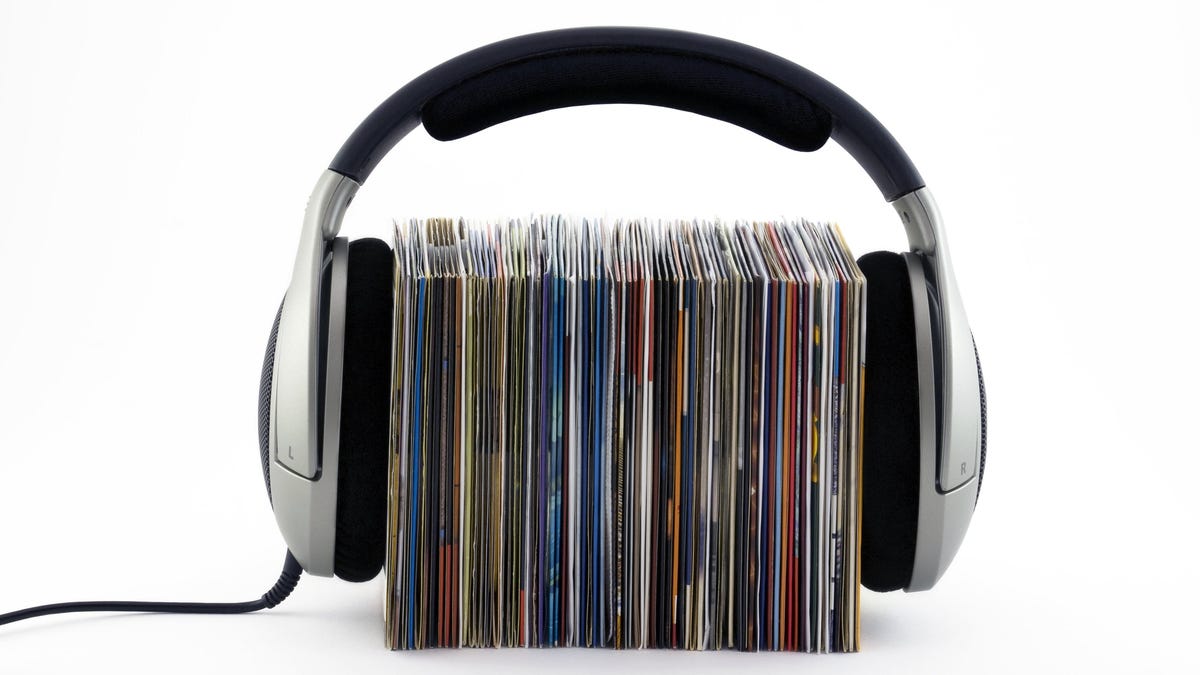"Muso, a research firm that studies piracy, concluded that the high prices of streaming services like Spotify and Apple Music are pushing people back towards illegal downloads. Spotify raised its prices by one dollar last year to $10.99 a month, the same price as Apple Music. Instead of coughing up $132 a year, more consumers are using websites that rip audio straight out of YouTube videos, and convert them into downloadable MP3 or .wav files.
Roughly 40% of the music piracy Muso tracked was from these “YouTube-to-MP3” sites. The original YouTube-to-MP3 site died from a record label lawsuit, but other copycats do the same thing. A simple Google search yields dozens of blue links to these sites, and they’re, by far, the largest form of audio piracy on the internet."
The problem isn’t price. People just don’t want to pay for a bad experience. What Apple Music and Spotify have in common is that their software is bloated with useless shit and endlessly annoying user-hostile design. Plus Steve Jobs himself said it back in 2007: “people want to own their music.” Having it, organizing it, curating it is half the fun. Not fun is pressing play one day and finding a big chunk of your carefully constructed playlist is “no longer in your library.” Screw that.



Wait, did the pitch for cable TV at one point really include that there were no ads?
Yes, it could be argued it was the pitch, much like Netflix originally was. It’s actually kind of wild how the streaming services are literally following the same path as cable television.
Here’s a New York Times article from 1981 about it:
https://www.nytimes.com/1981/07/26/arts/will-cable-tv-be-invaded-by-commercials.html
Also, I’ll just point out that people in here not knowing about this literally proves my point that if the changeover happened before you were born/early in your childhood, you’ll just accept the change as “the norm” because you never knew anything different and had no reasons to question it. It’s not about the intelligence of any generation of kids, it’s just an inherent part of not knowing what happened before you were born, which is something every human experiences. It takes dedicated effort to find out that “the norm” isn’t “the norm,” for anyone. Also, on the flip, we’re not particularly special for figuring out “the norm” isn’t “the norm.”
Have you ever seen cable TV abbreviated “CATV?” That’s because the original original pitch for it was as “Community Antenna TV,” wherein it would receive local over-the-air broadcasts and then send them over a wire to folks who couldn’t receive them properly because they lived behind a mountain or whatever.
The second pitch was getting original content on cable-only channels, but because your subscription was helping pay to license it (unlike the over-the-air channels, which they – at least initially – got for free), they would be ad-free.
Of course, nowadays cable companies have been made to pay retransmission fees to broadcast TV networks and cable-only channels are showing ads too, so both content sources are double-dipping revenue streams.
(Side note: that link is to a site trying to sell some kind of service, so ignore the last part of the page – the explanations at the beginning of it are quite good, though.)